I've got a ton of hard drives, even in 2025, and I don't see that changing much in the years to come. I use mine mostly for archival storage, but I still have the odd one or two inside my desktop PCs for files that don't need SSD speeds. Over time, they need to be re-optimized for peak performance.
Over the years, I've tried many different programs to get more performance out of hard drives, and most are useless. What matters is keeping on top of basic maintenance tasks, like defragging, checking for bad blocks, and using sensible pagefile sizes. And these are all easily accomplished with free or inbuilt tools, which is fantastic.
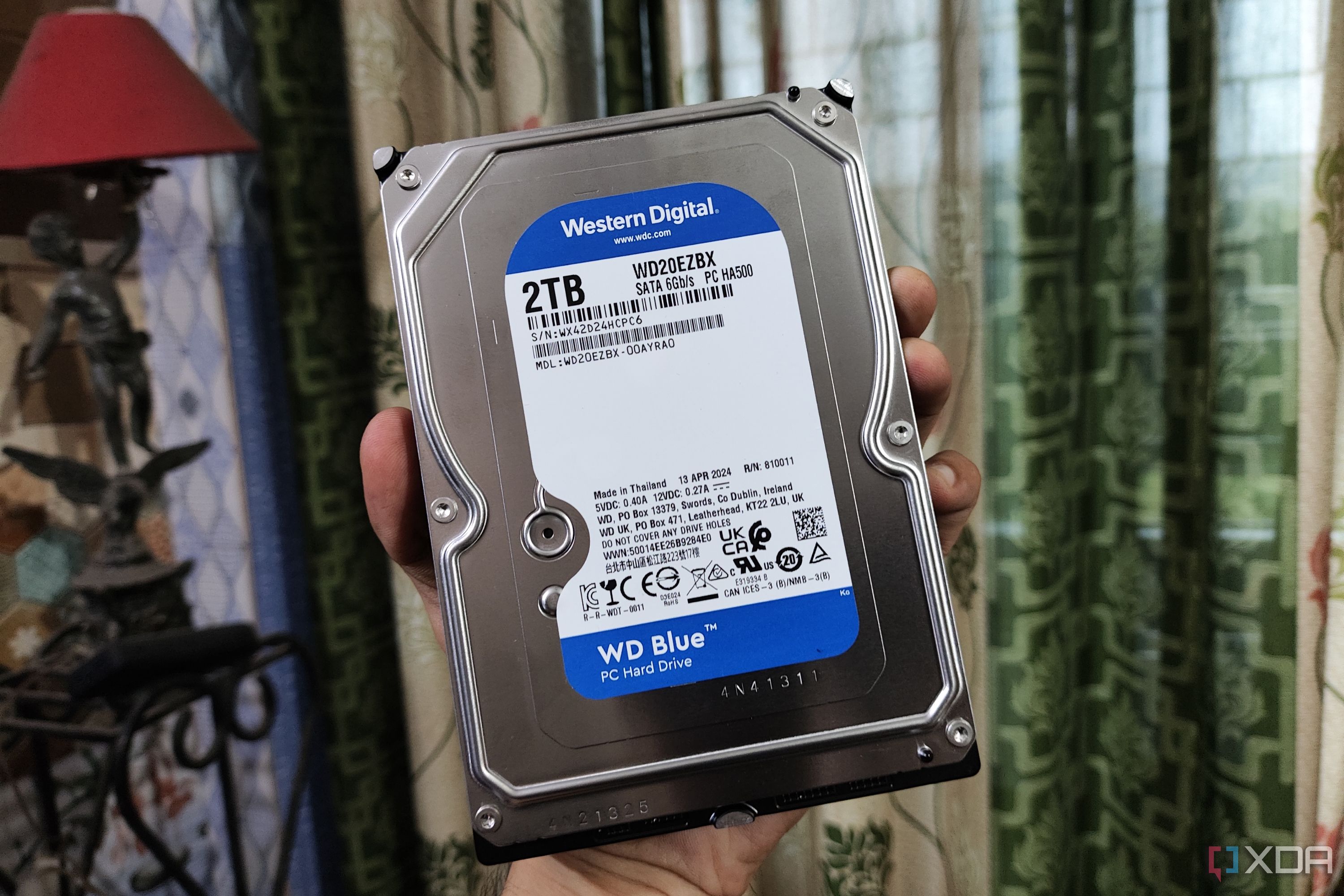
Related
4 things you should do when you receive a new hard drive
From manufacturing defects to sellers listing used HDDs as new, buying a hard drive can devolve into a painful experience if you aren't careful enough
7 Enable write caching
Whatever you might have read that says otherwise, this is essential
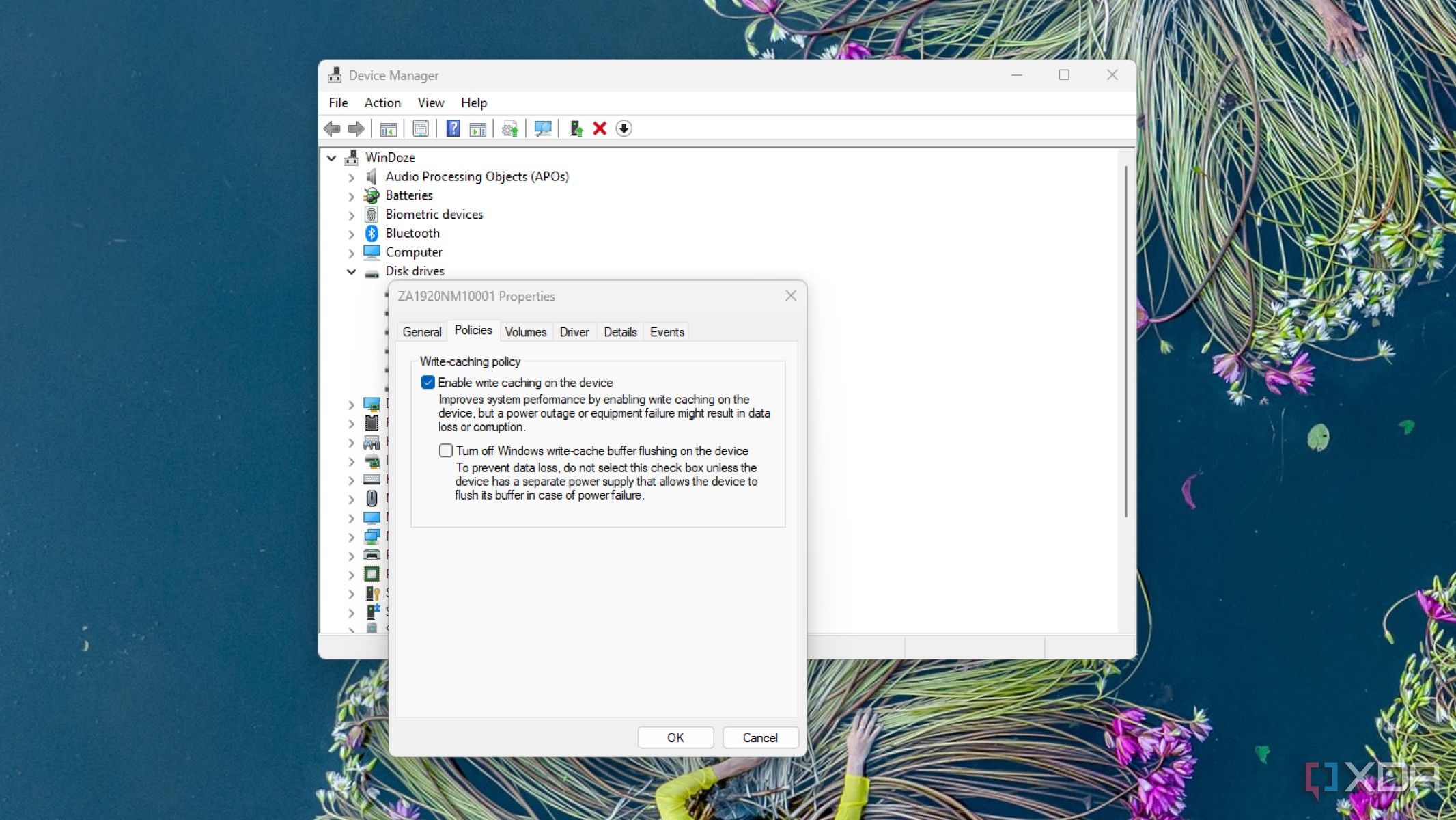
Write caching is often misunderstood, so maybe a quick explainer is in order. Hard drives (and SSDs) also have a small amount of temporary memory that they use as a cache before writing to the storage sectors. Your operating system sends data to the drive, the drive fills up cache, then tells the OS it's done, before writing the data to the platter in its own time. This speeds up write operations, but can cause data loss if power is interrupted.
Except, if you're using a laptop, the chance of the power completely going is minimal because you have a battery. Even on desktops, the risk of data loss for the average user is fairly low, and if you have a UPS connected (as anyone should by now), the risk is gone. Enable write caching and enjoy the small boost of performance it brings, whether you have a hard drive or SSD.
6 Defragment them regularly
Fragmented files are one of the worst offenders for reduced performance
Daily use is one of the biggest slowdowns for my hard drives, as new files are written to them. That's because of how the writing process happens, with the files broken down into chunks and scattered across the disk based on available space. Then when your OS needs those files, it has to search for the individual parts and recombine them in memory, instead of being able to read the entire file at once.
To improve performance, running defragmentation on those hard drives will search for the individual chunks, and put them back together into contiguous tracks. That way, your operating system can spend less time reading and searching the next time it needs those, and you'll notice your computer is faster. This only really affects hard drives, as SSDs don't get the same slowdown over time.
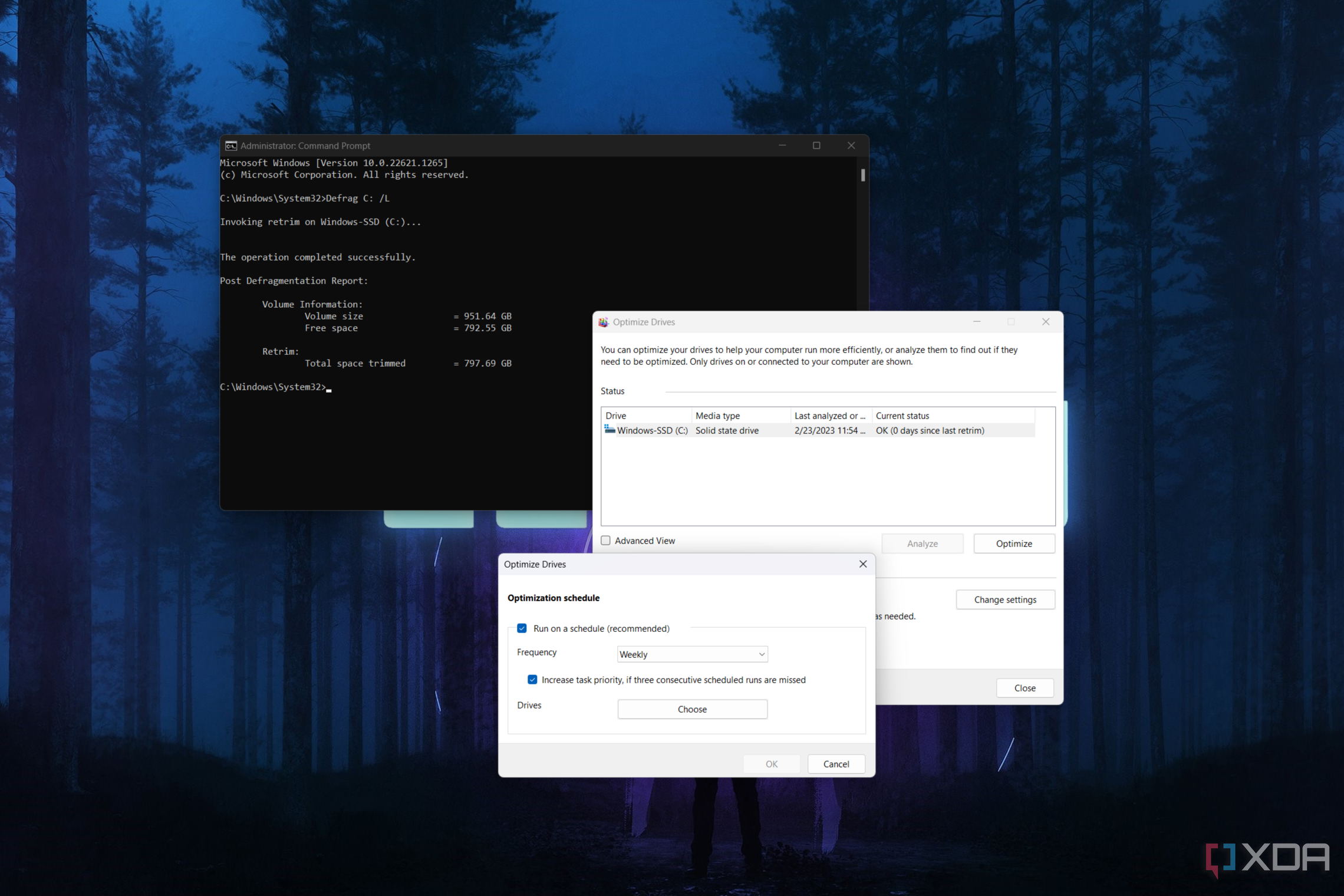
Related
How to defragment or trim your drive on Windows 11
Defragmenting and optimizing your drive can improve the performance of your Windows 11 PC. Here's how to do it.
5 Clear out junk files
The temp folder hides many sins
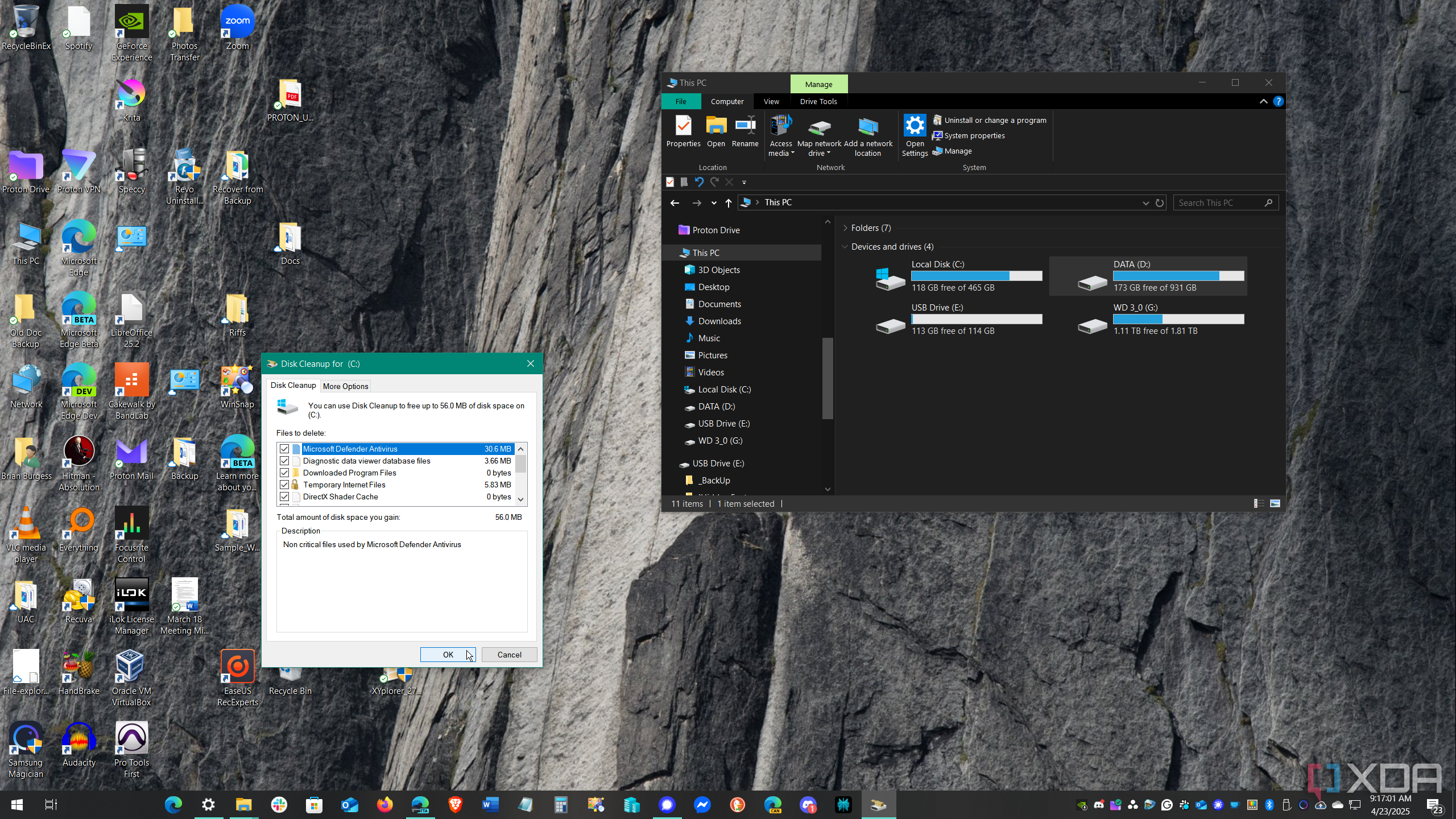
Whether your system runs Windows or Linux, cleaning out junk files is an important task for improving hard drive performance. For my Windows machines, the Disk Cleanup tool is the quickest way to clean the crud out, but I suggest running it in Admin mode so you get the most space reclaimed. Don't bother with any of the third-party tools that claim to be better; they're snake oil at best and at worst can break your system.
For Linux users, using the du command can find the biggest folders to start looking into, and this command string will return the 10 largest folders in order:
du -k | sort -nr | head -n10Also, the ~/.cache directory can be cleaned out for space, as programs will generate new cache files as needed. I don't use my MacBook anywhere near enough to gather up junk files there, plus it has SSD storage inside now, but there are options if you have an older Mac and need to revive a hard drive's performance.
4 Optimize pagefiles
Tweak this according to your RAM amount or move it onto an SSD
When Windows runs on an SSD, you can safely let it handle the pagefile size, as it'll adjust as needed. But on a hard drive, you want to manually set the pagefile size to avoid disk thrashing when Windows has to go back and forth with data. The general rule is to set the initial size to 1.5x your amount of RAM, and no more than 3x. That will stop unnecessary disk writes, and reduce the overall I/O usage of your computer. Not many systems will be running on HDDs at this stage, but it's important to check your pagefile if you are.
3 Keep on top of drive health
You don't need to check it often but you do need to check it
Using a hard drive health checking tool every so often keeps me informed on the current state of my storage. Any indications that a drive may be on its way out have me ordering a new batch so that I can swap things over before I lose data. You don't need to run it that often, as the checking tool puts some amount of wear on the drive but you do want to check them occasionally. If these tools don't run on your device, see if the installed operating system has an inbuilt drive health tool. Most NAS software should have something that monitors, as will Macs or Linux systems.
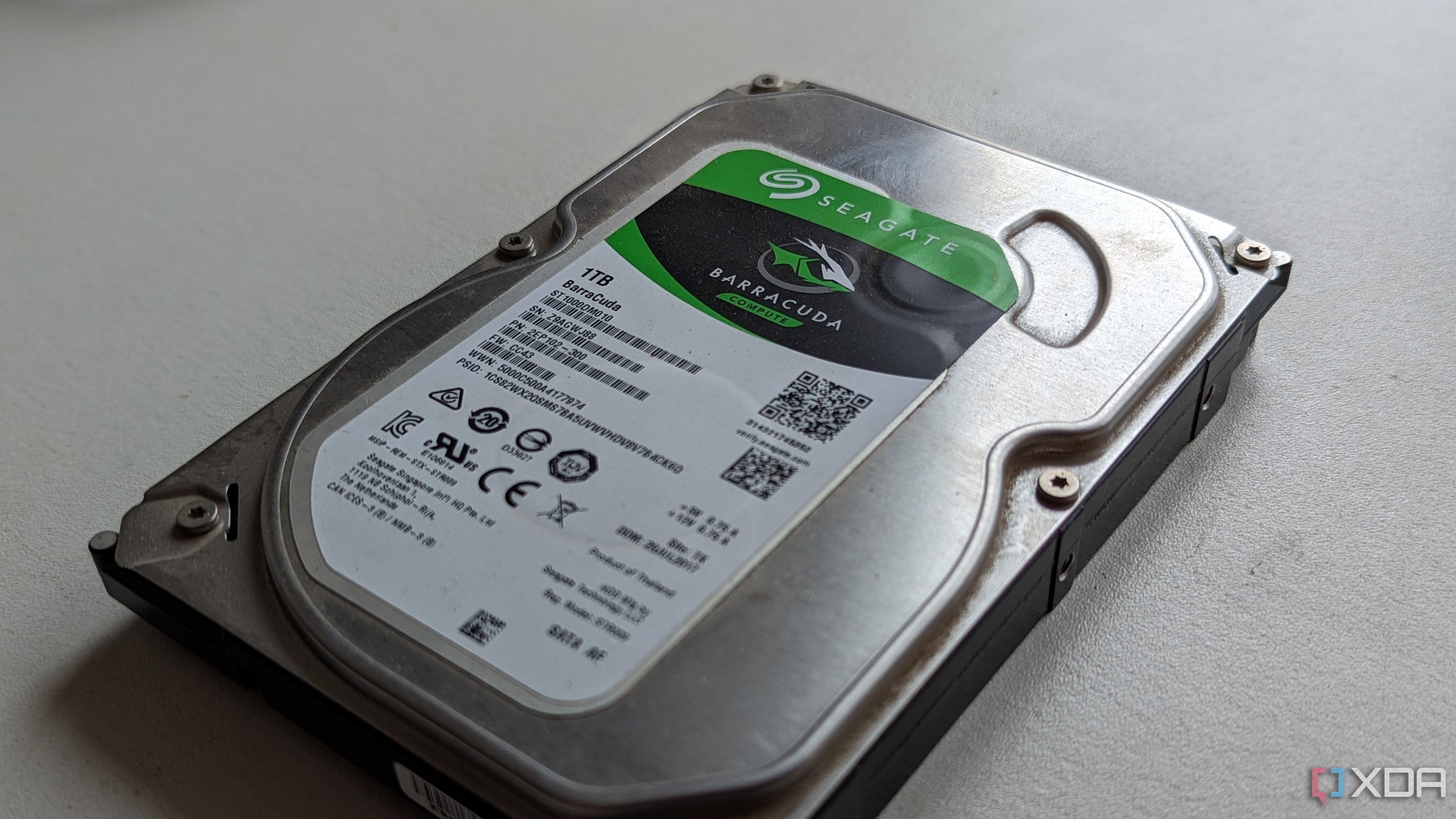
Related
7 signs your hard drive might be dying
Hard drives aren't known to last long. Here are some telltale signs that yours might be at the end of the line.
2 Use RAID arrays
Pick the RAID level that suits your needs
I use RAID even on my desktop devices to get extra performance from the few hard drives I'm still using. It doesn't quite get me the speeds of SSDs, but that's okay, and the 4TB drives I'm using means I have plenty of storage space. I don't want to rely on these, so they only mirror storage that's also backed up on my NAS, but it's there so as not to overload my home network for files that I use regularly, like my Dropbox folders.
1 Update firmware
Hard drives don't often get updates so they're even more important to perform
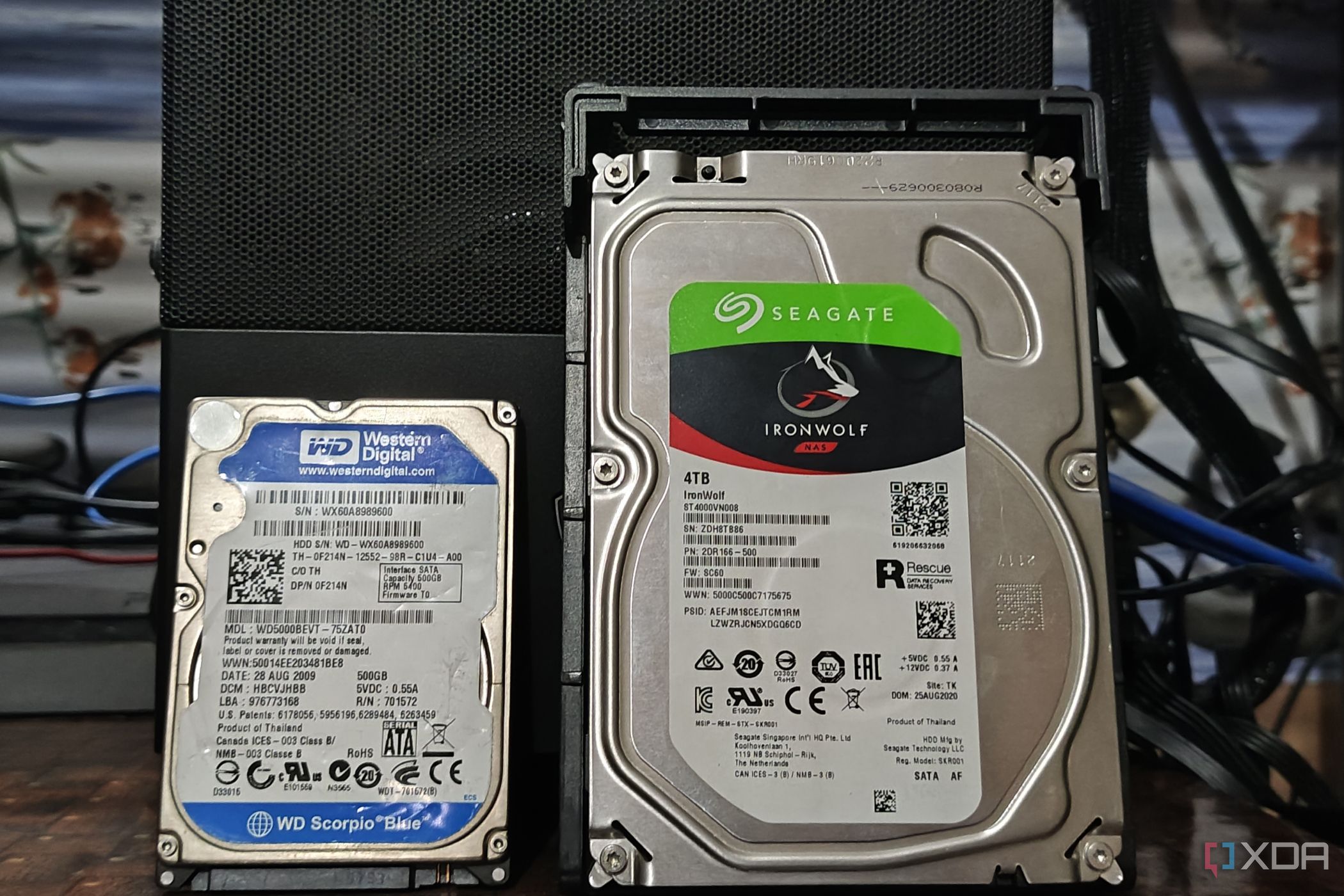
Every piece of electronics in your home runs on some level of firmware, even our hard drives. They don't often get firmware updates, but when the manufacturer does release a firmware update, it's worth doing the update. Just like for SSDs, the firmware update process will either include a downloadable tool or an installable one, and then you'll need to reboot your computer. Hard drive firmware fixes increase performance, fix bugs, and improve security, so they're recommended to perform.
By keeping on top of maintenance, I can ensure the longevity and performance of my hard drives
With a little time and care, my hard drives will last me many years of peak performance. The price for all-flash storage is dropping, but it'll be a long while yet until the per-GB price drops to HDD prices and I can replace all my spinning drives, and some devices like my server might still get HDDs after that.
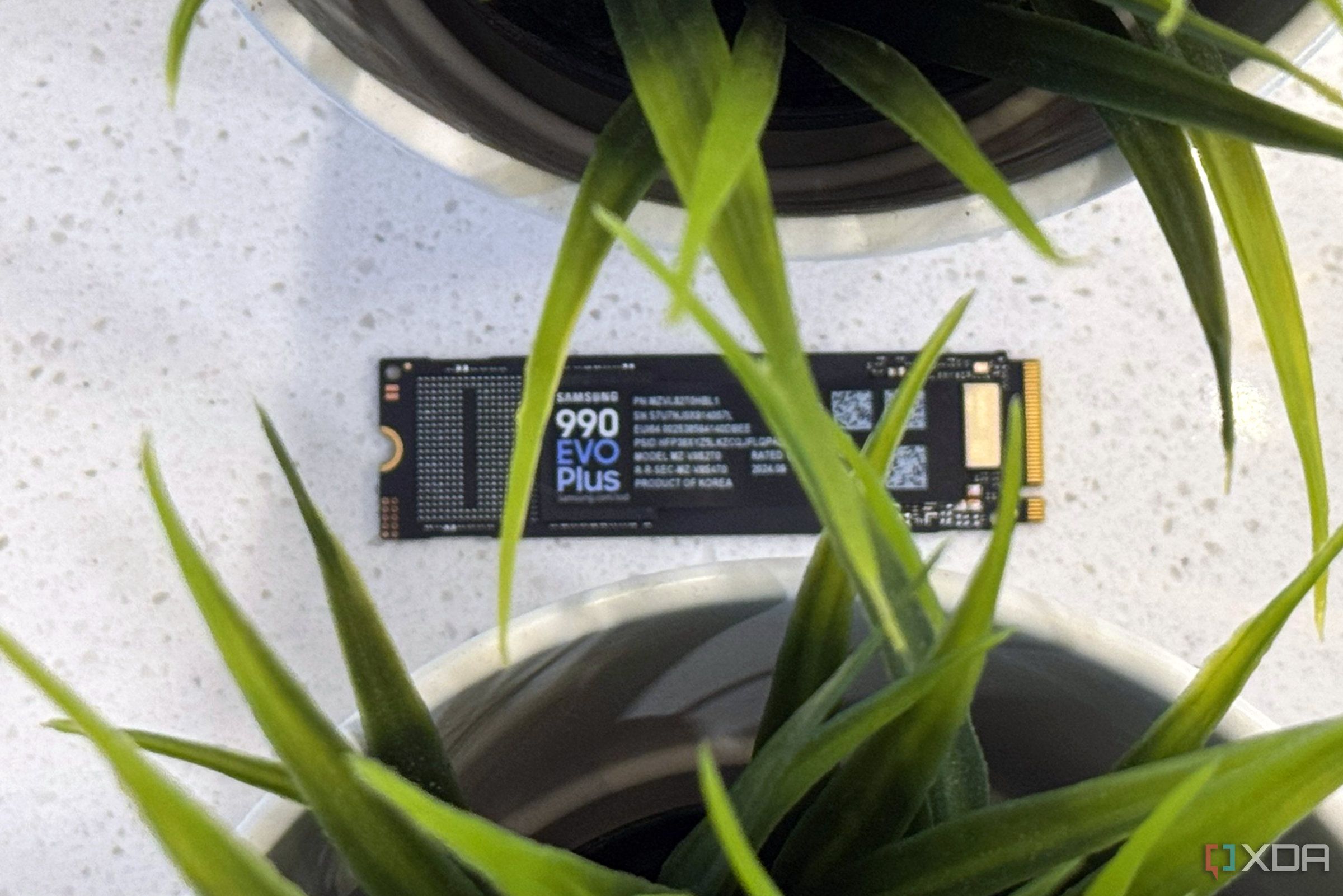
Related
7 ways to optimize an SSD for longevity and performance
Keep your SSD running better for longer with some simple tips.
.png)
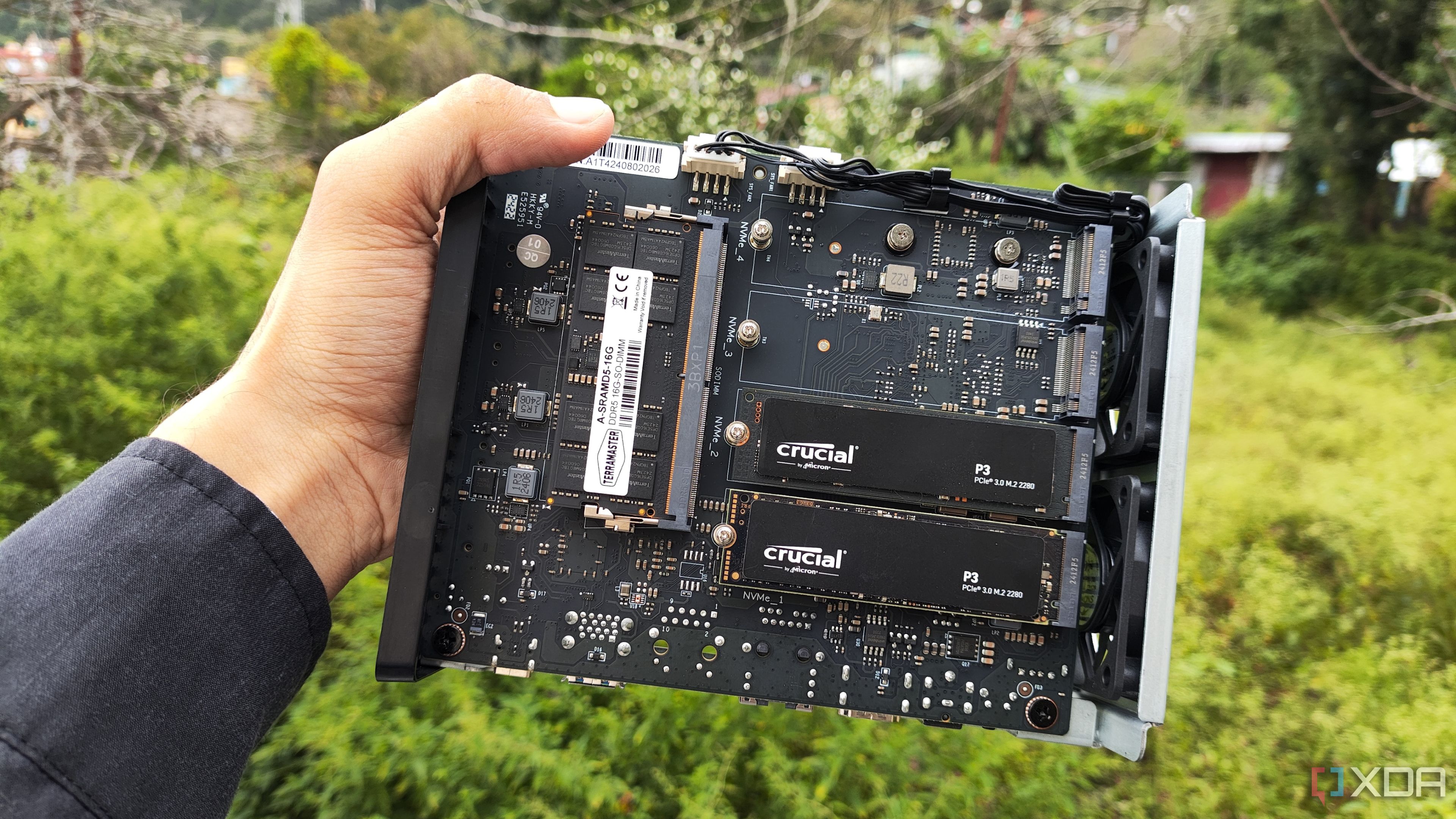
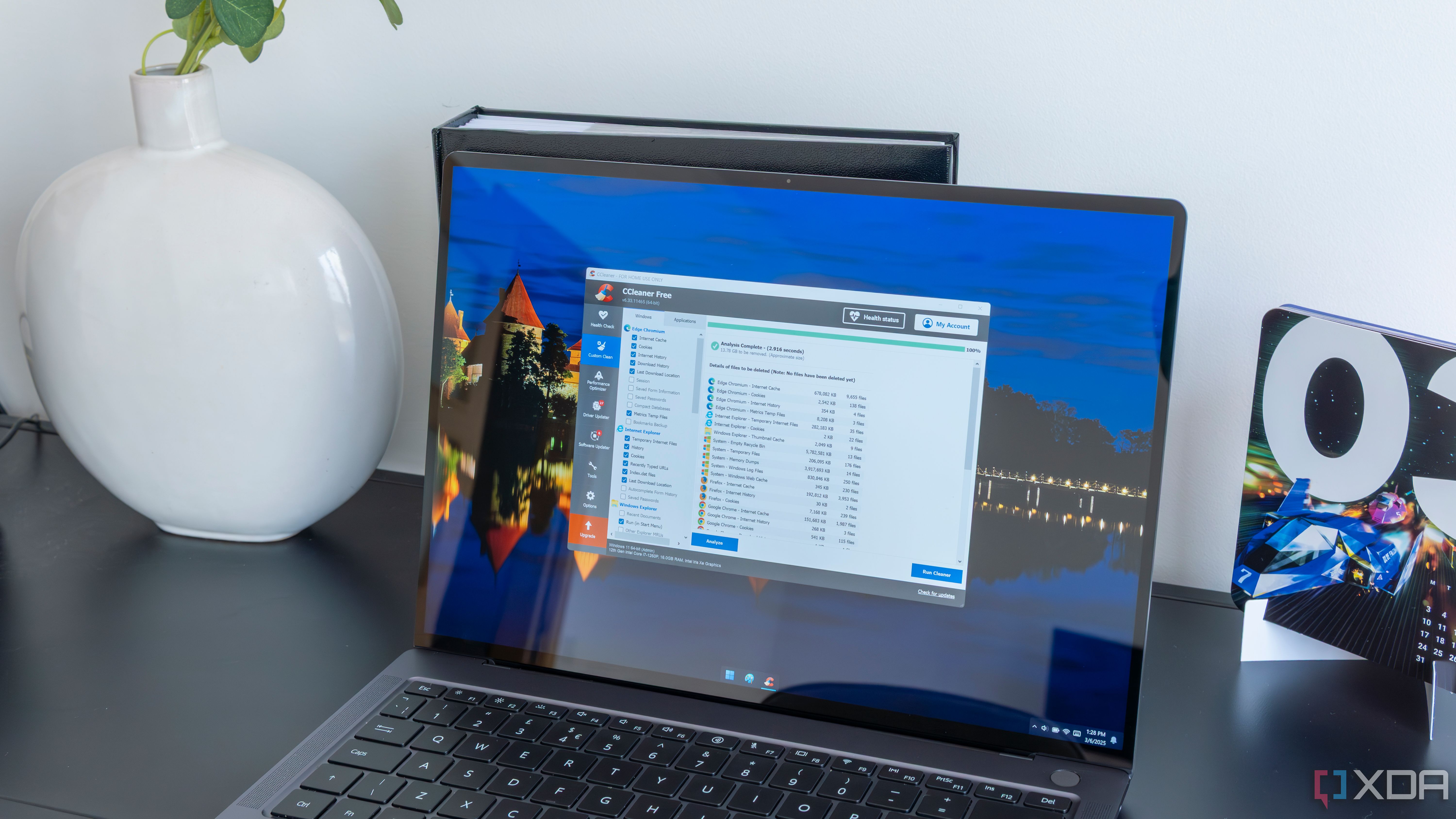
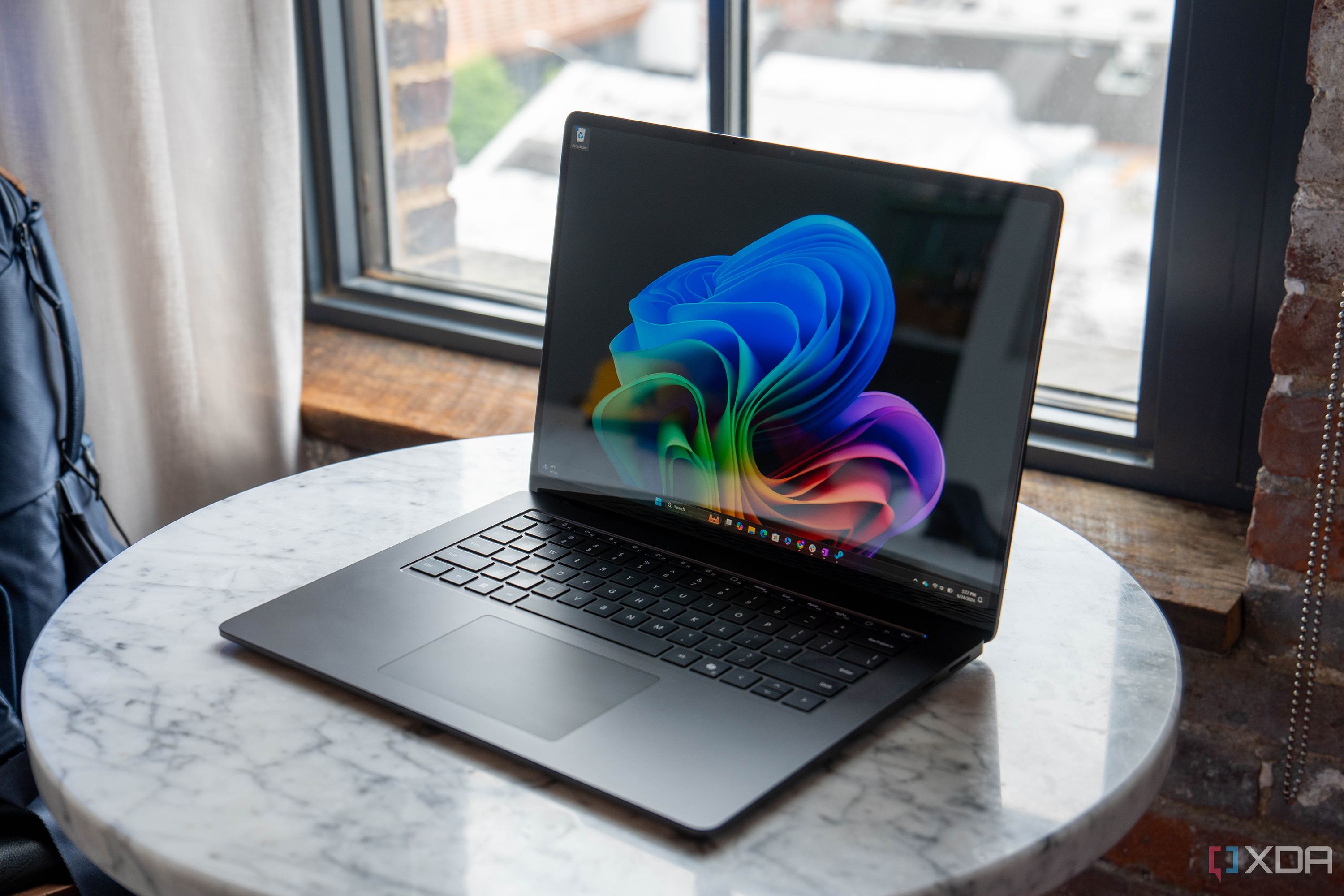
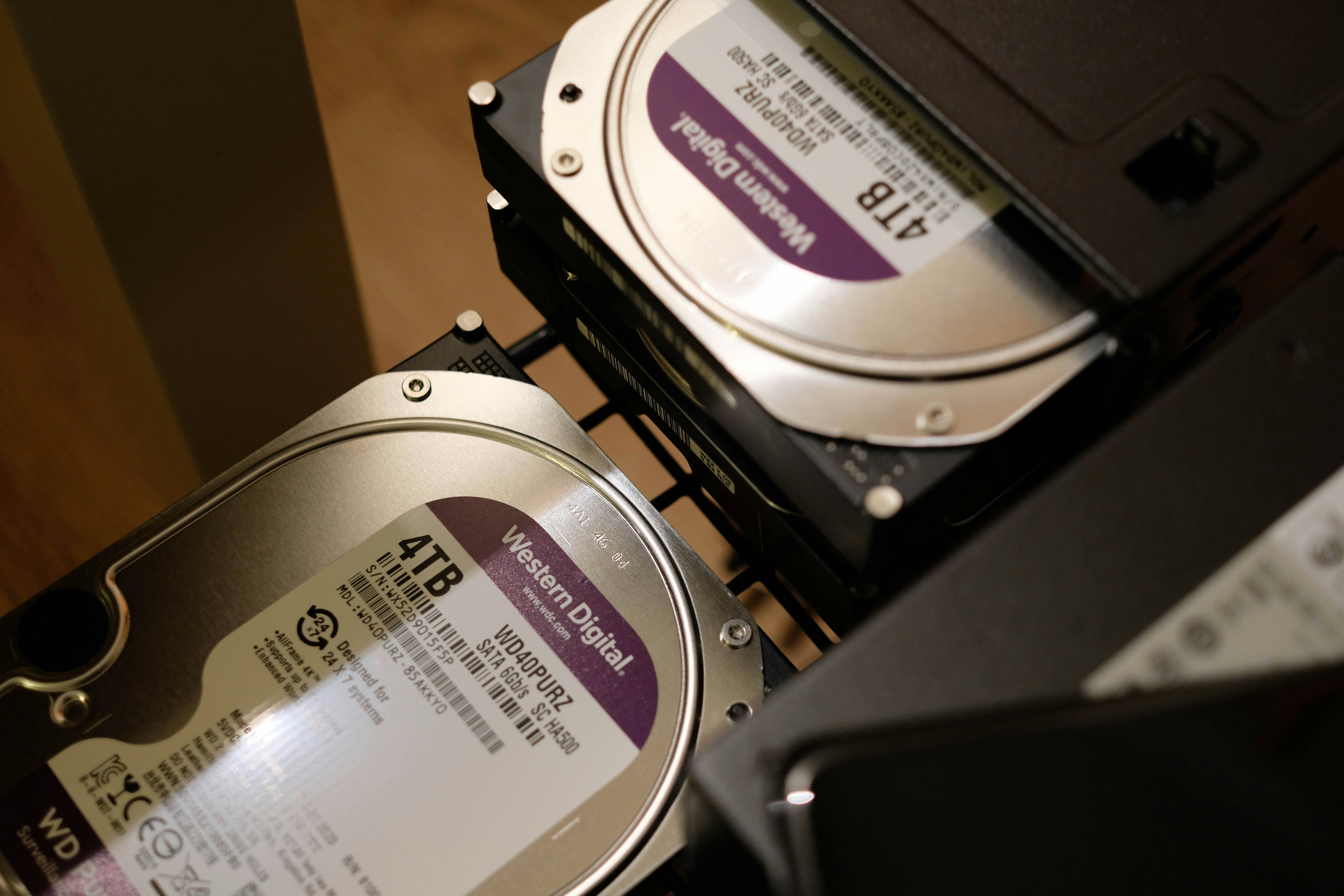










 English (US) ·
English (US) ·